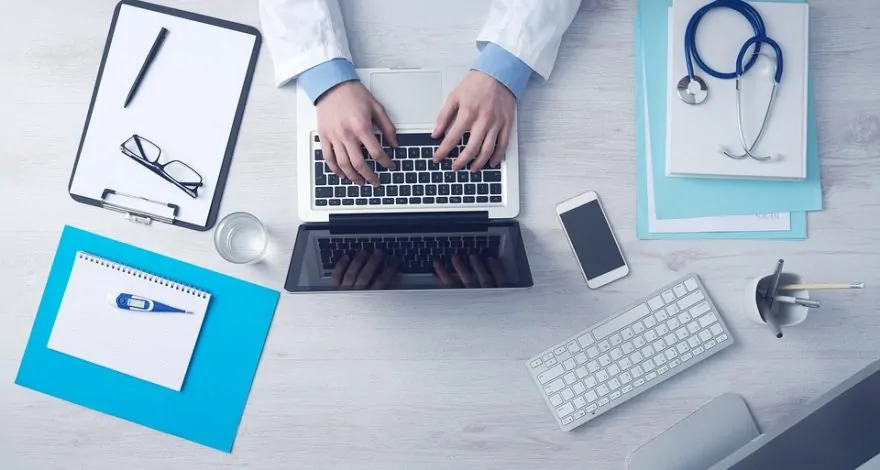Medical translation goes beyond substituting words from one language to another. It involves a deep understanding of medical terminology, cultural nuances, and the context in which the communication is taking place. People in healthcare need to make sure that the translators know both the original language and the language they’re translating to. They also need to understand medical terms well. Moreover, medical information can be intricate and sensitive, and any misinterpretation or omission could have serious consequences. This shows how important it is to have translators who are really qualified. They need to be good with languages, but they also need to really know about medicine.

Patient Safety and Trust
Accurate medical translation is essential in maintaining patient safety. Misunderstood instructions or medical terms could lead to incorrect dosages, missed diagnoses, or inappropriate treatments. By ensuring that patients receive information in their native language, medical professionals reduce the risk of errors and enhance patient well-being.
Furthermore, when patients feel understood and well-informed about their conditions and treatment options, their trust in the medical system grows. This is especially true for patients from minority or immigrant backgrounds who might already face barriers to accessing healthcare. Accurate medical translation empowers patients to make informed decisions about their health, which is a fundamental aspect of patient-centered care.
Technology’s Role in Medical Translation
Advancements in technology have revolutionised the field of medical translation. Machine translation tools, such as language models, have proven valuable in aiding medical professionals and translators in their work. These tools, when trained with medical terminology, can quickly provide translations that can serve as a starting point for human experts to refine. However, while technology can assist, it should not replace the human touch which is essential for understanding the context.
Best Practices for Accurate Medical Translation:
Quality Assurance: Establish a rigorous quality assurance process that involves professional medical translators, proofreading, and validation by medical experts.
Cultural Sensitivity: Recognize the cultural differences that might affect communication and ensure translations are culturally appropriate.
Consistency: Maintain consistency in medical terminology throughout all translations to avoid confusion.
Collaboration: Encourage collaboration between medical professionals, translators, and patients to achieve the best results.
Continuous Training: Provide ongoing training to translators to keep them updated with the latest medical advancements and terminologies.
Accurate medical translation is an essential component of modern healthcare. It breaks down language barriers, enhances patient safety, and builds trust between patients and medical professionals. By prioritising accurate communication, the medical community can ensure that patients from diverse linguistic backgrounds receive the care and understanding they deserve.
